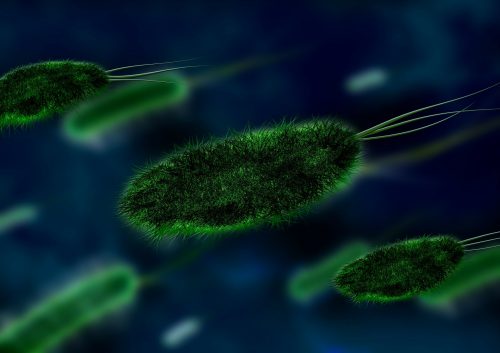There are many forms of alternative energy, ranging from solar to wind. A problem with these forms of energy, however, is that their availability is inconsistent, so they must often be stored for future use. But what if there were an alternative energy resource that is available consistently, all day, every day? Scientists at Columbia think that the evaporation of water from lakes might just be that energy resource.
The scientists at Columbia used B. subtilis, a common soil bacterium, to harness the energy released from evaporating water. B. subtilis forms spores—a hardy, dormant form of the bacterium—that expand and contract in response to relative humidity in the environment. The researchers plated these spores onto small films that could contract with them. By altering humidity levels in the environment, they were able to induce expansion and contraction in the spores and thus in the films. As the films expanded and contracted, similarly to human muscle, the motion could be converted into an energy strong enough to turn on a small LED light bulb or to power a small car.
While this technology is incredibly promising, it’s still a long way off from serving the public. Details ranging from how to implement large scale construction of these devices to how to circumvent the legal issues surrounding water access rights prevent this invention from becoming a part of your local community lake tomorrow. However, this technology poses a lucrative alternative to fossil fuels, and maybe even to other forms of environmentally friendly energy.

